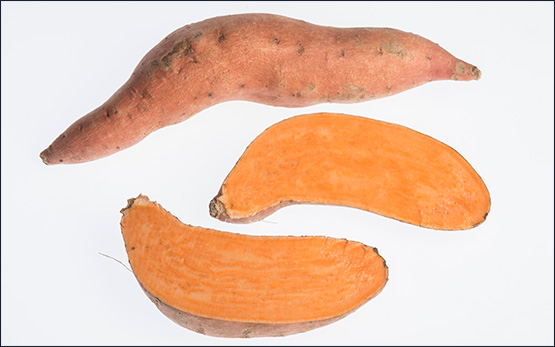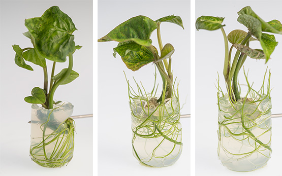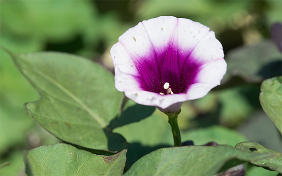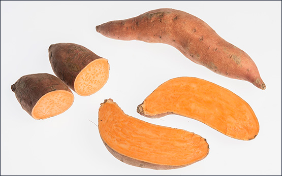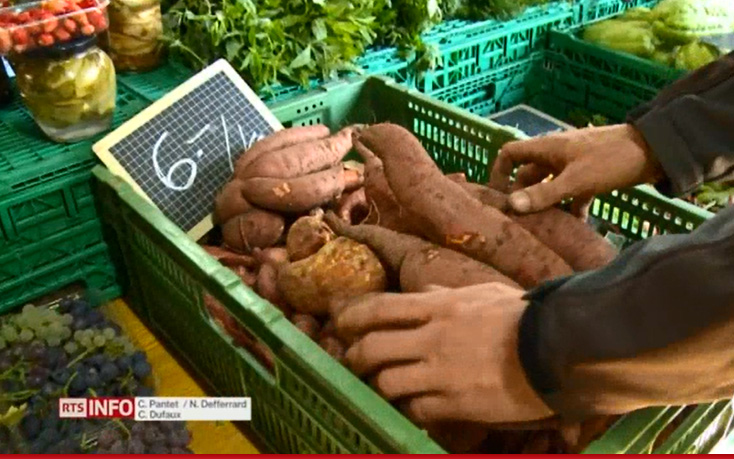The sweet potato (Ipomoea batatas L.) is a tropical plant native to Central America that is cultivated in over 100 countries, mainly in the tropical and subtropical regions. The plant, which produces elongated tubers, has recently made it appearance in Switzerland, and is now grown by twenty or so producers, chiefly in the eastern (German-speaking) part of the country. Sweet potatoes are a worthwhile crop for farmers eager to diversify their production – indeed, there is a growth market for the vegetable, which is very popular with consumers.
Apart from its trendiness, the younger generations prize the sweet taste of the tuber, and regard it as a health food owing to its high levels of vitamin B6 and C as well as its copper, manganese and beta-carotene content. So much so, that the demand for Swiss sweet potatoes far outstrips supply, ensuring high prices and allowing producers to achieve attractive profit margins. What’s more, sweet potatoes are not related to any species of plant currently grown in Switzerland, making them ideal for inclusion in any crop rotation.
Finally, sweet potatoes are less susceptible to drought than a great many plants at present cultivated in Switzerland, and are thus better equipped to cope with the risks posed by climate change. Although an embryo network is currently being developed in Switzerland, there is still a long way to go before we overcome all the difficulties associated with the propagation, production and storage of this plant that is susceptible to cold and impact bruising and difficult to keep in good condition.
In 2014, Agroscope decided to take up this challenge, and set up a new multidisciplinary research programme dedicated to this booming crop.


